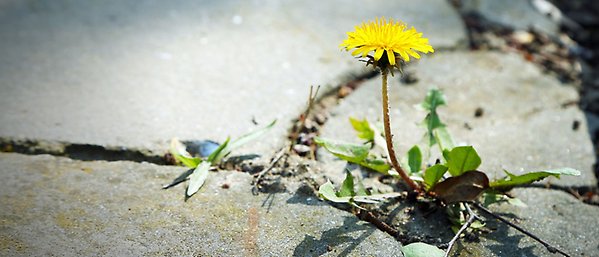Bildtext får vara max två rader text. Hela texten ska högerjusteras om den bara ska innehålla fotobyline! Photo: B. Christensen/Azote
SUSTAINABLE DEVELOPMENT GOALS
With business-as-usual, the 17 SDGs will not be achieved by 2030 or even 2050
- Researchers present a new model that measures the effects of going about things in a conventional, business-as-usual scenario
- The model is simple and efficient compared to current integrated assessment models that require specialist expert teams merely to run them
- In a business-as-usual scenario, 10.5 of the SDGs will be reached by 2030 and only 11.5 by 2050
Trying to reach the goals under current business-as-usual will come at a heavy price on the planetary boundaries
“EXTRAORDINARY EFFORTS NEEDED”: In order to reach the 17 global Sustainable Development Goals (SDGs), most sustainability researchers are consistent in their calls for urgent, transformative action.
But what happens if we continue as usual?
In a study published in the journal Global Sustainability, centre researchers Johan Rockström, David Collste, Sarah Cornell and Jonathan Donges together with colleagues from BI Norwegian Business School present a new model that measures the effects of going about things in a conventional, business-as-usual scenario.
Extraordinary efforts will be needed to achieve all SDGs within planetary boundaries.
Jörgen Randers, lead author
Boundaries and goals in one
For the tricky challenges of examining options for navigating 17 SDGs and nine planetary boundaries, their model, Earth3 is considered more efficient than other assessment models that require specialist expert teams merely to run them.
“This practical tool is a first attempt at treating all SDGs and the planetary boundaries within one quantitative framework,” says lead author Jorgen Randers.
In their study, the authors seek to answer the following questions:
- If global society continues business-as-usual, how many of the 17 SDGs will be achieved by 2030 and 2050?
- What will be the resulting pressures on the nine planetary boundaries?
Clear answers to the questions
By using data from 1980 to 2015 and projecting regional and global development all the way to 2050, the model comes up with pretty clear results:
On the first question, the answer is simple: The world will not reach its 17 goals.
In a business-as-usual scenario, using conventional means to achieve the SDGs, 10.5 of them will be reached by 2030 and only 11.5 by 2050. In this scenario, people will live in countries with higher GDP per person, but they will also live in more unequal societies and in an environment that is increasingly damaged by human activity.
The answer to the second question is also simple: There will be more pressure on planetary boundaries.
Increased human activity will result in higher demands on the environment, eroding the margins towards the planetary boundaries.
“For most, the indicators move towards the higher-risk red zone,” says co-author Johan Rockström.
The exceptions are ozone depletion and air pollution, where projections show less of the population affected by anthropogenic haze from 2020 onwards.
“Extraordinary efforts will be needed to achieve all SDGs within planetary boundaries,” the authors warn.
Podcast: In the SDGs, where have biodiversity and ecosystem services gone?
Randers, J., Rockström, J., Stoknes, P-E., Goluke, U., Collste, D., Cornell, S., Donges, J. 2019. Achieving the 17 Sustainable Development Goals within 9 planetary boundaries. Global Sustainability, Vol. 2, 2019, e24.









